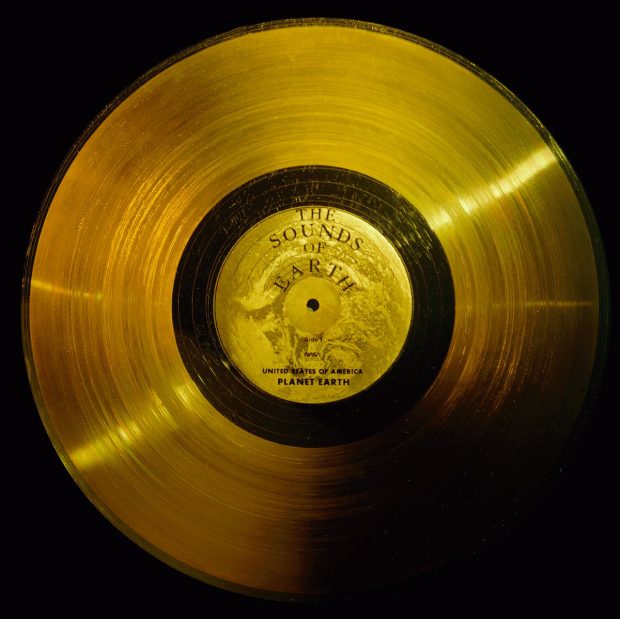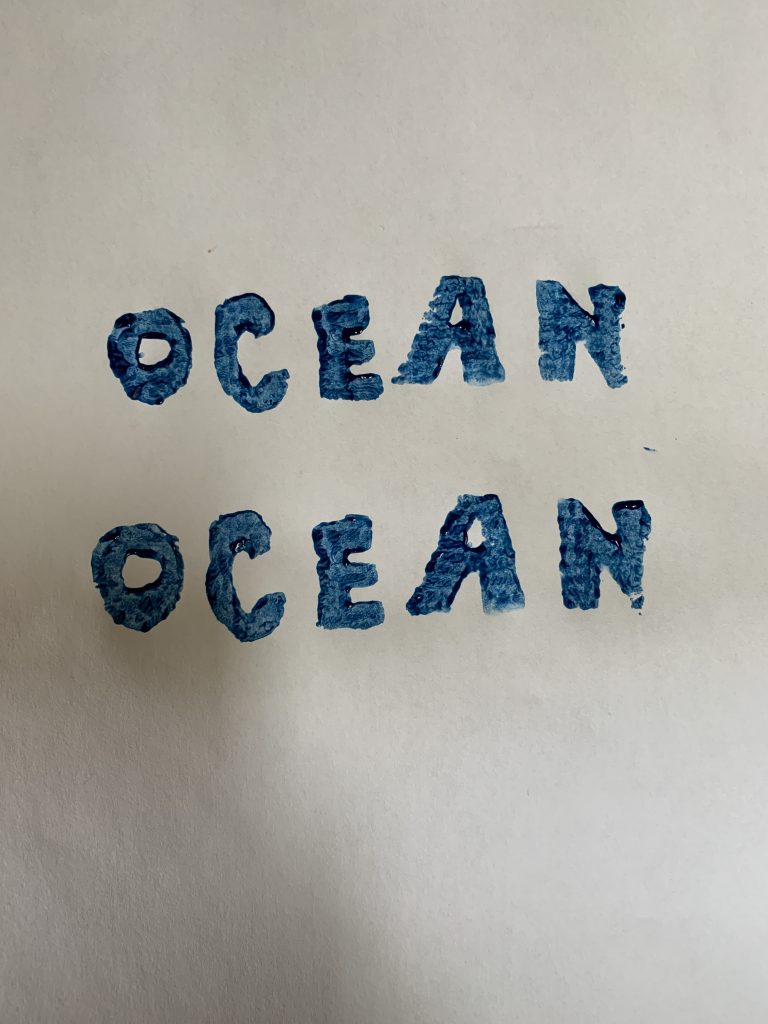This week we read about the digitization of texts and the importance of keeping record of our past. In Dr. Smith Rumsey’s (2017) video presentation she discusses the transition that has been made from keeping analog or physical records of text to recording everything in a digital format. With the affordance that the internet and digital technology have provided us with vast amounts of information and data, it becomes a challenge to be able to keep a record of everything. In her talk, when it comes to our historical records, she asks the question, “what can we afford to lose?” (Brown University, 2017). This is a very difficult question to answer because to me it seems like we can’t afford to lose any information. However, with information overload and the expense that is required to keep record of everything it means that some information we will unfortunately have to lose. She does however conclude that keeping record is extremely important. Even though some texts might not seem useful, important, or relevant to today it doesn’t mean that these texts won’t be useful, important, or relevant in the future.
For this task I had to curate the Voyager’s Golden Record song list from 27 down to 10. This was an interesting and challenging task as I didn’t really know how to start eliminating songs. To me, I felt like all of the songs brought value to the record and provided a good representation of what music is or was like on Earth since the record was produced in the 1970s. However, as per the instructions of the task, I had to eliminate 17 songs. To do this I basically listened to all 27 songs and chose what I felt provided the most musically and geographically diverse set of 10 songs. Part of their choosing was also influenced by if I actually liked the song and/or how it made me feel. I also tried to put myself in the extraterrestrial’s shoes (don’t know if/how that’s possible but you know what I mean) to look at it from an outside perspective. But I thought if I was in those shoes, which songs would peak my interest the most. With all that being said, the following are the 10 songs I chose:
- Georgian S.S.R., chorus, “Tchakrulo,” collected by Radio Moscow. 2:18. – This song was chosen because of the beautiful voices of the Georgian choir. The song is just so powerful and spiritual that I had to include it. With the benefit of having spoken language in it, I think it provides great value to the record.
- Bach, The Well-Tempered Clavier, Book 2, Prelude and Fugue in C, No.1. Glenn Gould, piano. 4:48. – This song was chosen because Glen Gould is one of the greatest pianists of the 20th century and is playing Bach’s music who is one of, if not the greatest composers of all time. I also chose it for biased reasons because Glen Gould is Canadian.
- Senegal, percussion, recorded by Charles Duvelle. 2:08. – I chose this song because of its wonderful percussion and how it represents an aspect of African culture where, according to our records, all humans descended from. Though it doesn’t represent all of Africa, it provides a listen inside African tribal song which is an ancient form of music.
- Mexico, “El Cascabel,” performed by Lorenzo Barcelata and the Mariachi México. 3:14. – This song brings value to the record because it represents an aspect of the Latin of Central American culture. This song includes a variety of instruments and vocals as well. Spanish is one of the most spoken languages in the world.
- China, ch’in, “Flowing Streams,” performed by Kuan P’ing-hu. 7:37. – I chose this song because it comes from China which is home to the largest ethnic group of people in the world. This song is a very peaceful song and it represents the culture of people well. As an extraterrestrial, I think I would like this song and think that the people of Earth had a calm side to them.
- “Johnny B. Goode,” written and performed by Chuck Berry. 2:38. – I had to choose this song because who doesn’t like this song? It represents America well and includes a number of instruments including electric guitar, piano, bass, and drums. It also is only one of the songs that includes the spoken English language.
- India, raga, “Jaat Kahan Ho,” sung by Surshri Kesar Bai Kerkar. 3:30. – This song was chosen because it represents the people of India which has one of the largest country populations on Earth. This again is another powerful and spiritual song which also includes a variety of instruments and a beautiful voice.
- Peru, wedding song, recorded by John Cohen. 0:38. – This song was chosen because it came from a South American country and I thought it was the better song out of the two Peruvian songs. What helps make it a beautiful song is that it is just vocals, no accompanying instruments.
- Beethoven, Fifth Symphony, First Movement, the Philharmonia Orchestra, Otto Klemperer, conductor. 7:20. – I chose this song because of how well known and powerful the song is (It was one of only songs I knew too). It is one of the most powerful classically composed pieces of music ever. I find it also represents western or European classical music well.
- Australia, Aborigine songs, “Morning Star” and “Devil Bird,” recorded by Sandra LeBrun Holmes. 1:26. – This song was chosen because it comes from the continent of Oceania (or Australia). It includes the didgeridoo and represents the aboriginal people of that continent.
Overall, this was a challenging task and there were some songs that I didn’t really want to leave out but I had to let go. However, I think the songs that I ended up choosing represented what I was trying to do. This task leaves me wondering what a modern Golden Record would look like today, especially with the vast amount of recorded music that we have. How would one even listen to all the different songs that have been recorded today and select them? My guess is that an algorithm would have to be developed and machine learning would have to be used to pick out songs which matched the specific criteria set by the developers of the golden record. With that said, I am interested in seeing what songs my classmates have chosen and their justifications.
References
Brown University. (2017). Abby Smith Rumsey: “Digital Memory: What Can We Afford to Lose?”
Smith Rumsey, A. (1999, February). Why Digitize? Retrieved June 15, 2019, from Council on Library and Information Resources website: https://www.clir.org/pubs/reports/pub80-smith/pub80-2/
The Voyager Golden Record. (n.d.). [Image]. https://www.wikiwand.com/en/Voyager_Golden_Record



